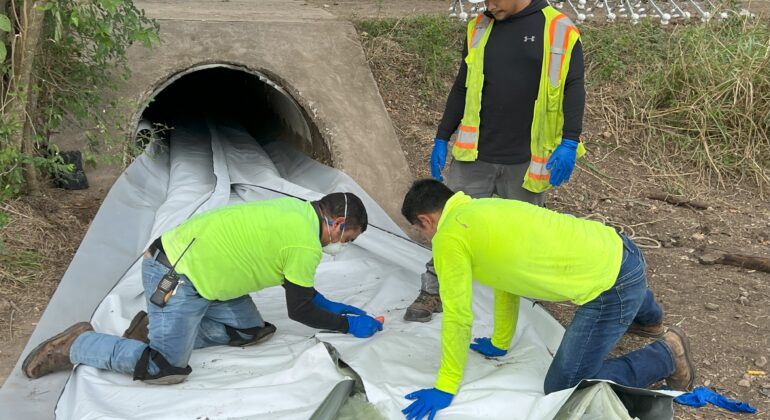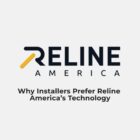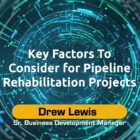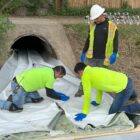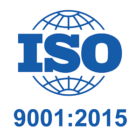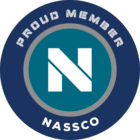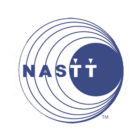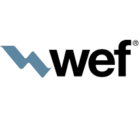Liners are crucial in safeguarding and extending the lifespan of various infrastructure components, from pipes and tanks to industrial facilities. But selecting the right liner goes beyond just finding a material that fits the application. While the initial cost might seem like the biggest hurdle, hidden expenses can emerge down the road, causing budget headaches and unexpected downtime. By understanding the lifecycle costs of each option, communities can make more informed decisions that prioritize long-term value and sustainability while minimizing unexpected costs and complications.
Traditional liner methods and their lifecycle costs
With traditional pipeline rehabilitation, concrete and steel have long been the standard materials. However, many municipalities have begun turning to felt cured-in-place pipe (CIPP) liners thanks to their resilient benefits and economical project costs. Although these liners cured using steam or water are an upgrade from classic excavation, they can come with more costs than meets the eye:
- Dewatering challenges: Wet utility projects involve water. Depending on the water table level and soil conditions, extensive dewatering measures might be necessary before CIPP installation. These measures can include pumps, wellpoints, or sheet piling, which all add to the project budget.
- CIPP sizing discrepancies: After curing, felt liners may have variations in the final diameter (from 4 to 124 inches based on the pipe diameter). If the initial diameter selection isn’t precise, refitting or additional grouting might be necessary, leading to costly overruns.
- Steam vs. water curing: While steam curing seems faster, it requires a dedicated boiler system and can be more susceptible to soil temperature fluctuations impacting the cure. Although slower, water curing may require longer infrastructure shutdowns but can be more cost-effective in terms of equipment needs.
- Pipe size and complexity: CIPP is most cost-effective for straighter pipe sections of a specific diameter range. Complexities like bends, offsets, or large-diameter pipes can increase installation costs.
While CIPP provides a faster rehabilitation method compared with traditional pipe replacement, unforeseen issues can extend the project timeline, impacting labor and equipment costs. As these complications begin to pile up, so too can costs. It’s why many municipalities considering felt CIPP liners must also take the time to explore ultraviolet light-cured, glass-reinforced pipe (UV GRP) liners.
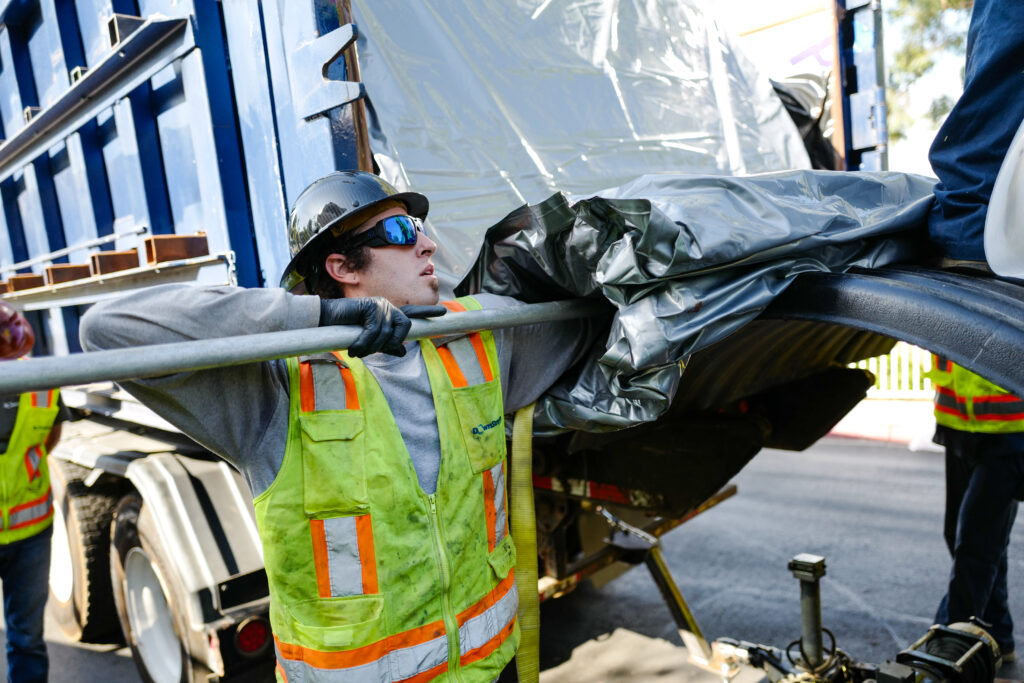
Cost advantages of UV GRP liners
UV GRP liners offer several advantages over conventional felt CIPP liners, potentially mitigating hidden costs for more economical infrastructure projects. Just as felt CIPP liners are a step up from traditional excavation approaches, UV GRP liners provide an even more affordable solution:
- Reduced excavation needs: Due to the higher strength and thinner profile of UV GRP liners, they often require less excavation for access points compared to felt liners. This benefit translates to less time, labor, and surprises underground.
- Faster curing process: UV curing with GRP liners is considerably faster than steam or hot water curing with felt. The time savings result in shorter project timelines, minimizing disruption and labor costs associated with extended infrastructure shutdowns.
- Improved size accuracy: The manufacturing process of UV GRP liners allows for more precise diameter control (as small as 3.5 millimeters). This control reduces the risk of size discrepancies after installation, minimizing the need for refitting or grouting.
- Long-term durability: UV GRP liners boast superior strength, better corrosion resistance, and a longer design life compared with felt liners. These advantages can lead to lower maintenance and repair costs down the line.
Although UV GRP technology may not be suitable for all pipe sizes or complex geometries, it raises questions about the lifecycle cost considerations where infrastructure rehabilitation is concerned. Examining the total cost of ownership reveals UV GRP is not only a simpler upfront solution to wet utility rehabilitation but also a more economical one in the long term.
Making an informed decision
Increasingly, infrastructure rehabilitation projects are moving away from costly and disruptive excavation. But while felt CIPP liners offer an upgrade over steel and concrete, it’s important to carry the conversation further and focus on the cost benefits of UV GRP liners.
Although UV GRP liners might have a higher upfront cost per meter compared to felt liners, the factors mentioned above can lead to significant cost savings throughout the project lifecycle. Moreover, faster project completion translates to minimized disruption and revenue loss for communities relying on the repaired infrastructure. The extended lifespan of UV GRP liners also reduces the need for future rehabilitation projects for long-term cost savings.
UV GRP is the economical solution
When it comes to critical infrastructure projects, prioritizing short-term savings can often result in a cycle of unforeseen expenses in the long run. By incorporating lifecycle cost analysis and considering the “true cost” of liners, it’s easier to make informed decisions that ensure long-term sustainability and value.
With their faster installation, lower maintenance needs, and extended lifespan, UV GRP liners provide a compelling alternative to traditional methods. Remember, choosing the right liner solution can not only safeguard infrastructure but also protect your budget and the environment for years to come.
Learn more about the total cost benefits of UV GRP liners at relineamerica.com.

